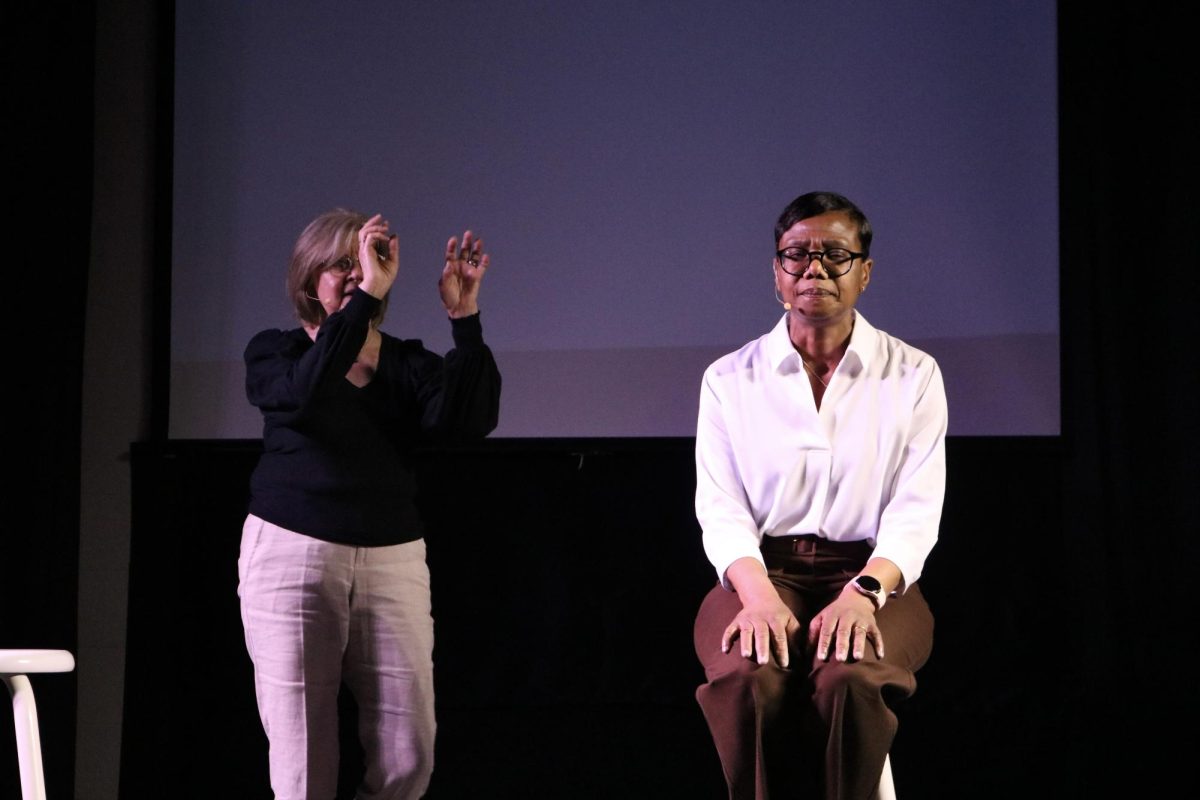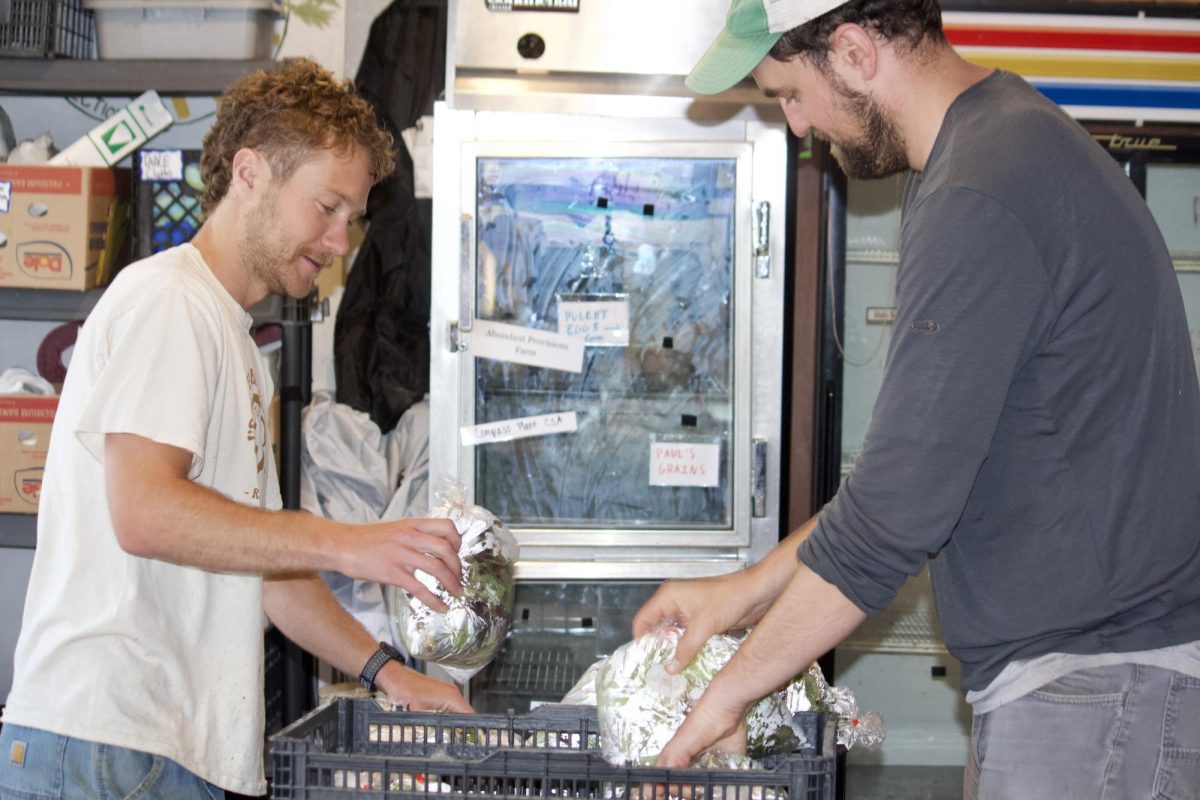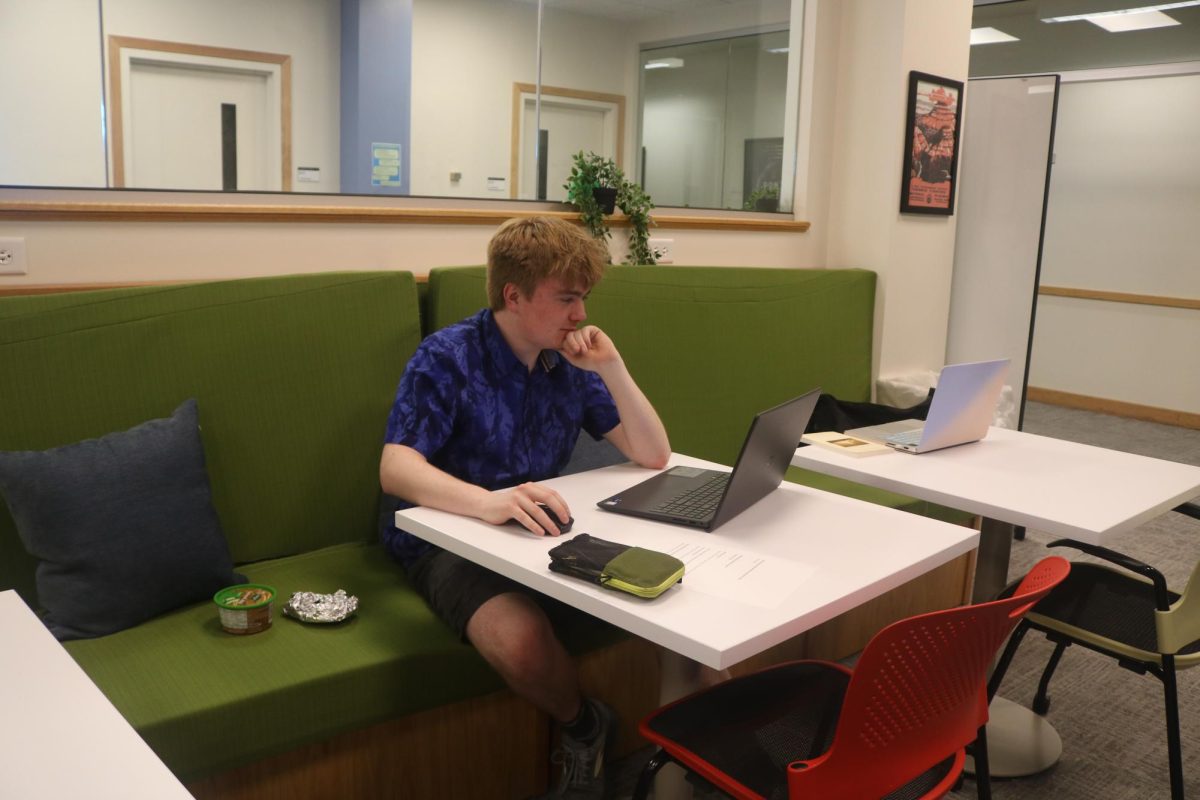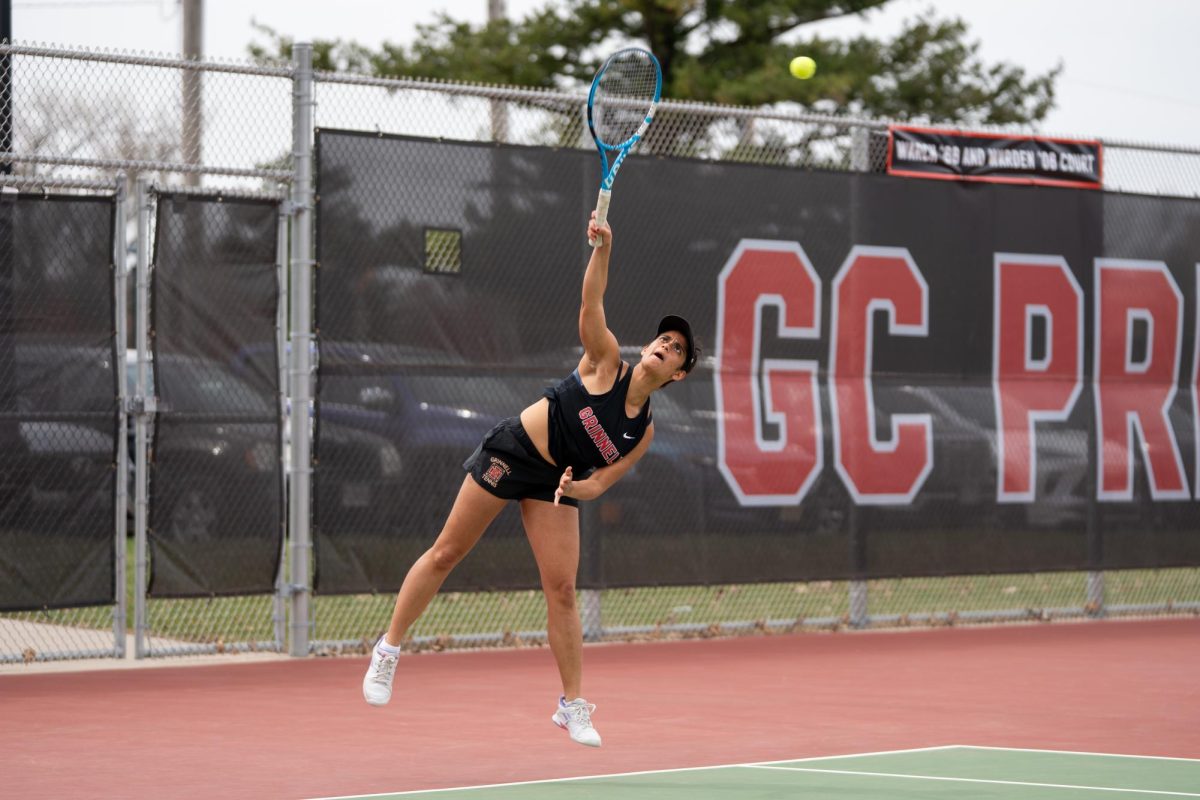Monarch butterflies, a once ubiquitous sight that has been long absent from Grinnell, may flutter back into town due to local efforts.
Their return will be facilitated by habitats—called Monarch Waystations—that are patches of land that include milkweed and other wildflowers, making them a natural home for the butterflies.
“[They] are places where monarchs can come and either breed or feed along their trip either both north or back down south,” said Elizabeth Hill, the outreach coordinator for the Center for Prairie Studies and director of the Conard Environmental Research Area.
These stations were created by Monarch Watch, a nonprofit group based out of the University of Kansas that is dedicated to education, conservation and research of the monarch butterfly and its habitat. The group’s efforts have led to the creation of more than 9,000 waystations nationwide.
The Center for Prairie Studies has discussed the idea of creating Monarch Waystations in the Grinnell community for the past year, but public interest ignited when Monarch Watch founder and director Chip Taylor gave a lecture at Drake Community Library on March 22.
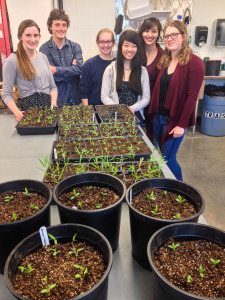
“The library was more packed than I had ever seen,” Hill said.
According to Hill, there are many people in the town who care about the monarchs and their disappearance.
“Everybody said, ‘I used to see so many monarchs! Where did they go?’” she said. “I brought 50 plants with me and several hundred seed packets [to hand out], and everything was gone.”
Hill said that increasing habitats for monarch butterflies is becoming a significant issue.
“We’ve seen drastic declines of monarch populations, especially over the last couple of decades,” she said. “It’s said that only 0.01 percent of the prairie is left.”
According to Hill, the decline of monarchs and their habitats are also due to the widespread use of growing Roundup Ready crops. These are used with herbicides that have negative effects on the monarch butterfly populations.
Hill also attributes the monarch butterflies’ past ubiquity as another reason to create more habitats for them.
“They’re kind of like the polar bear of insects,” she said. “They are one of the most easily identifiable winged insects.”
There has been skepticism surrounding the action of planting milkweed on public areas. Hill mentioned concerns from Drake Community Library because it can be seen as opposition towards farmers in the community who grow Roundup Ready crops.
On Tuesday, April 21 at the greenhouse in the Noyce Science Center, half a dozen student volunteers transplanted over 500 seedlings of three different milkweed plants. The seeds for them were harvested and then grown in the greenhouses at the Conard Environmental Research Area. These are going to be planted by the staff and local Brownie troops at various organizations in town, such as Drake Library and the Grinnell Regional Medical Center.
Additionally, there will be a public Monarch Waystation planting hosted by Imagine Grinnell this Friday, April 24 at Summer Street Park from 1-5 p.m.
In the future, Hill hopes to increase the number of Monarch Waystations and have, not only businesses, but also individuals plant them in their gardens.
“We’re the jewel of the prairie, but where is all the prairie? I just hope we can really support everyone in town who wants to put these in,” Hill said.





